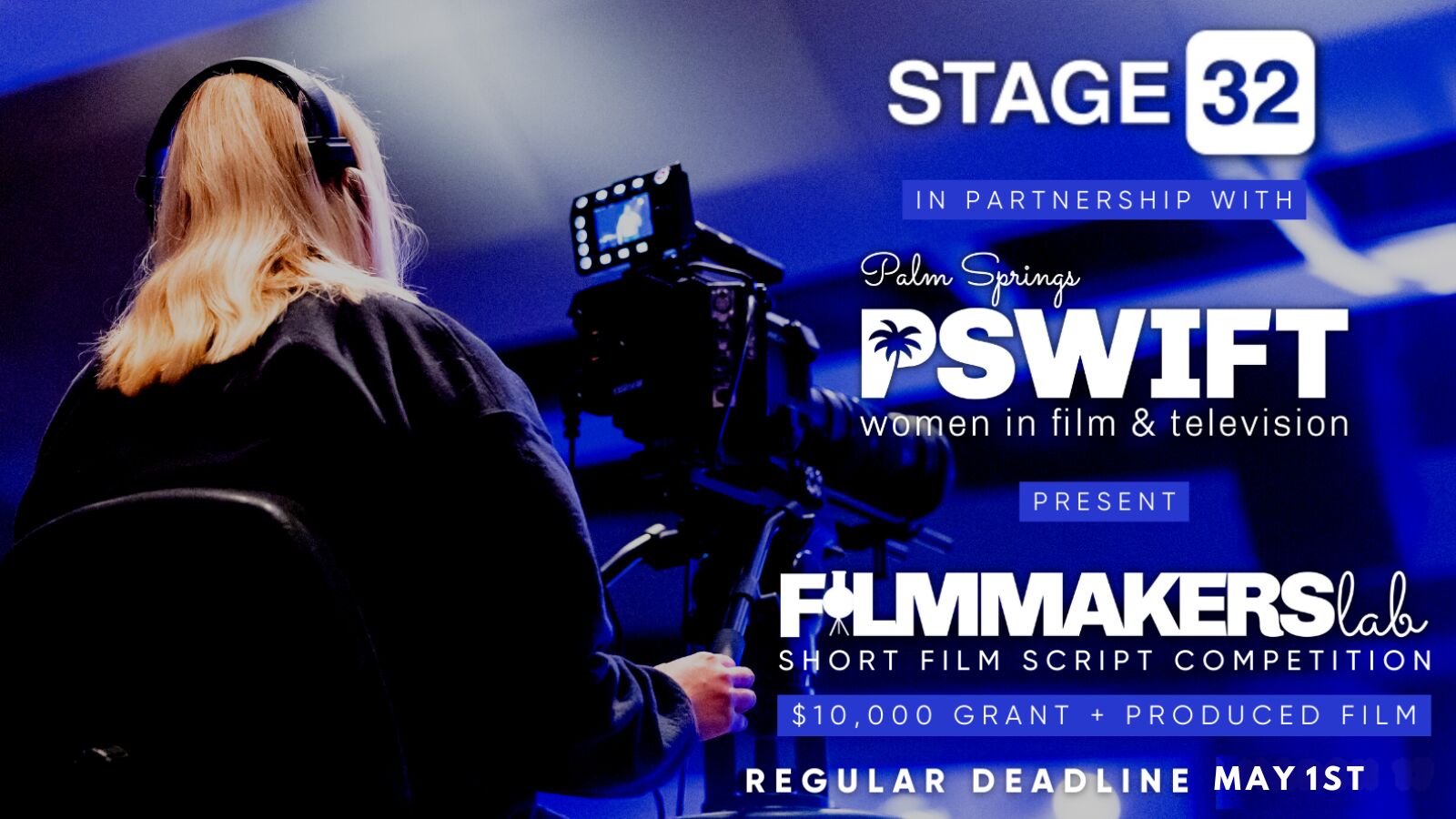This are the six simple steps you need to take a character or audience through to generate doubt in their mind. Doubt needs to be organic and here are the seeds.
1) Small window of doubt. You need to find a small area of ignorance that you can plant a seed of doubt. It is useful to plant an unanswered question.
2) Develop the doubt by asking questions that feed the unsure nature.
3) You now have to leverage the person bias. Ask more questions that the person could answer that plays to their bias.
4) Now provide feedback or information that supports the bias.
5) Reward them for figuring out.
6) Now expose the audience to negative events to cement in the doubt.
This is based on human behavioural studies. It is a form of brainwashing I guess.
Have fun



Thanks for sharing, Craig D Griffiths. When would a writer need to generate doubt in a character or audience's mind? Misdirection like in a Mystery movie or show?
3 people like this
Yep, that is a perfect example. When the audience thinks “Craig has to be innocent”. Then we start feeding doubt. Then once they thinking they are standing on solid ground, bang, prove them wrong. You cannot contradict a previous fact. You just need to put it in a different light.
If a character is sure they are on the right path, we can put doubt of success in the audience’s mind. This can make the obstacle even more of a problem. The character not being able to acknowledge the problem is a great flaw.
1 person likes this
Ok, great, Craig D Griffiths. I was just thinking about writing a Horror/Mystery script today. I saved your tips. Thanks again.
1 person likes this
That makes me happy. Can’t wait to hear about it.
2 people like this
Thanks for sharing Craig!
2 people like this
Now, here comes an even bigger question. To all the writers that are here.
How do you physically show, not tell!
Doubt…
What actions physically show doubt. How can you display doubt in your character. How does your character physically show it?
1 person likes this
Mario Leone Shrugging shoulders, a character looks away/looks down and rubs their arm while talking, and hesitation. For hesitation, say two characters are about to go do something that'll help their situation, but one of them has doubt that the something will help, so they hesitate leaving.
1 person likes this
Showing can also be achieved in dialogue, it is not always non-verbal.
STEVE: I didn’t do it.
HARRY: Okay.
STEVE: I didn’t
HARRY: Alright.
A bit of double doubt. Harry doubts Steve, then Steve doubt Harry believes him.
Doubt and trust work hand in hand, we don’t a person, but we doubt information or promised action. There is a thing called ‘the admiralty scale’, it is used in the military and intelligence field. It is a scale you apply to information, A-E is a grade of the source 1-5 is the grade of the information. If you get some information from a Government Department, but that Department never checks the details, then it is a A3, a trusted source with uncheck information. This is another way of applying doubt. What are we undermining, the person or the information they are supplying.
Another demonstration. A line of people, someone is walking along asking how much each person spent, it is obvious they are going to be compensated. He arrives at one particular person and says “give me your receipts”. We instantly know he doesn’t trust that person and doubts they will tell the truth.
I think hesitation or checking that something is correct or exists is a way of showing doubt.
1 person likes this
Interesting, I've never seen "doubt" broken down like that. Personally, I've never given that topic much thought; if I want a character to doubt themselves, I just kind of organically get there. I feel a lot of doubt in my own life, and I feel it often, so that feeling guides my hand in creating it in my characters.
1 person likes this
Chris Donald Griffin self doubt is a huge driver. But I use this as a way of putting doubt in the mind of an external character or audience. I find doubt as a great tool for misdirection.
Once you have an audience doubting something, you can lay some facts that they will ignore and you can use later. This gives them the “oh, I didn’t see that coming”.